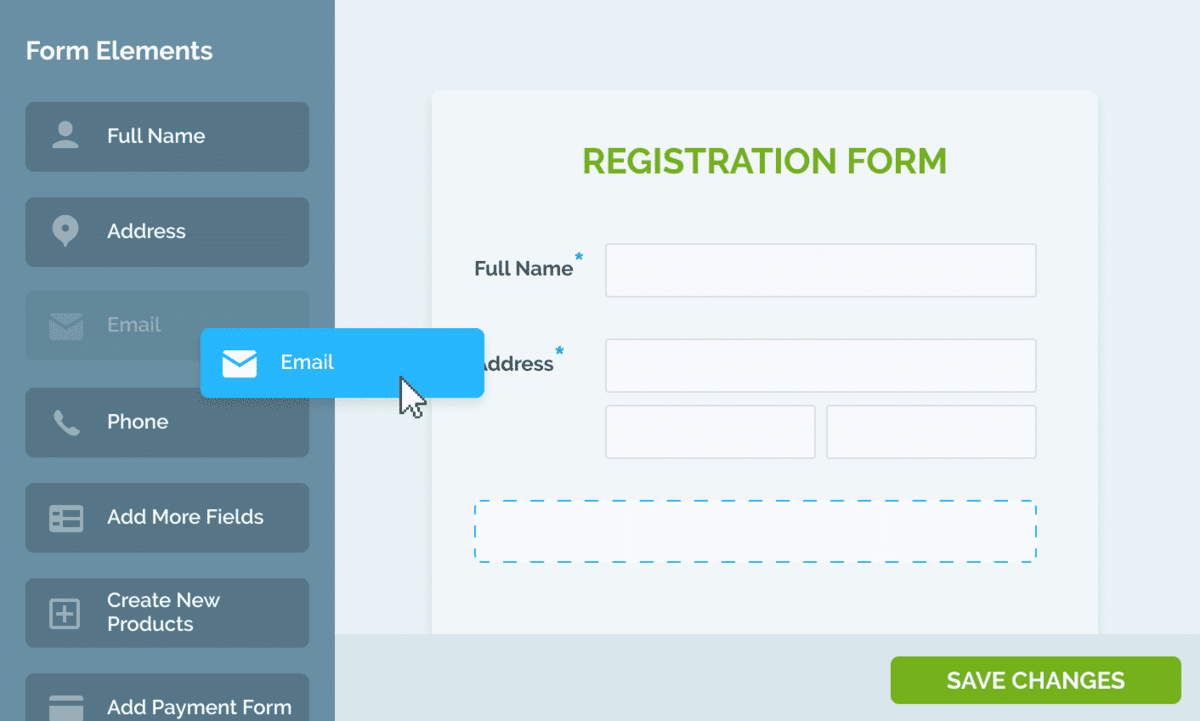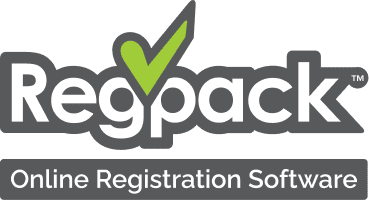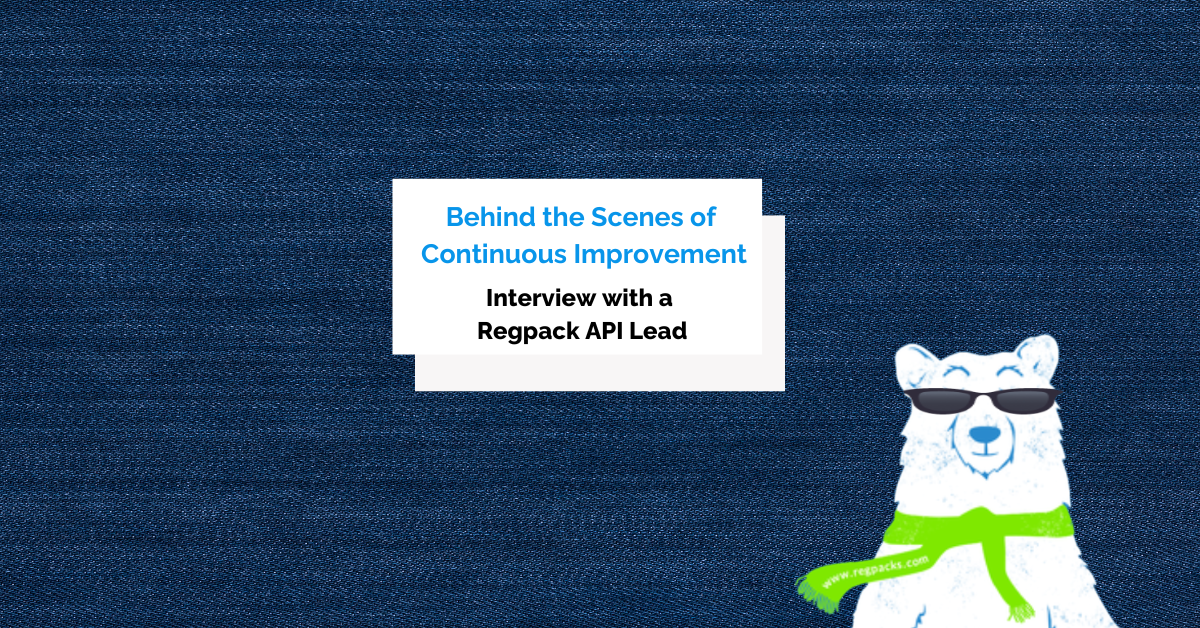Starting anything is difficult. How many people fail to start that skincare or meditation routine they’ve been reading so much about every year?
Starting a business, especially an after-school program where restless kids and fussy parents are involved, is even more challenging.
If you’re going to succeed in this venture, you’re going to need a bit more than grit and entrepreneurial spirit.
You’re going to need a set of best practices that will help you create the best program possible and avoid common pitfalls. Don’t worry, we’ve got you covered.
- Plan a Curriculum With a Focus on Academics
- Offer a Wide Range of Enrichment Activities
- Ensure the Safety of the Children in Your Care
- Look for Commitment in Your Future Staff
- Take Advantage of Several Marketing Channels
- Apply for After-School Program Grants
- Choose the Right Software
- Conclusion
Plan a Curriculum With a Focus on Academics
While free time and play are important aspects of an after-school program, its central role should be to educate and enrich the minds of your attendees.
In other words, an after-school program should have an age-appropriate curriculum with a strong academic focus so that it equips children with the intellectual tools they need to excel in school.
For example, the YMCA’s after-school curriculum includes time blocks almost every day for students to learn STEM, arts, and literacy.

Source: YMCA
They also provide time at the end of the day when students can get homework assistance from staff.
This ensures that children receive the help they need to get better grades in their classes, which is an indication to parents that your program is well worth the money.
Create outcome goals for your attendees that will help you determine whether or not your curriculum and teaching methods are working, and make sure that your curriculum is systematic—the next lesson should build on what the attendees learned yesterday.
For example, if you were teaching coding to young children, the outcome goal might be a final project where the students use software to build an online game.
Elisa Hirsch, who spent volunteering in the girl scouts, recommends creating group-based outcome goals as well as individual ones:
If you really want your group to bond, give them a common goal or project that they have to work together to accomplish.
Lastly, since the children have already spent six-plus hours in school before arriving at your program, make sure to give them frequent breaks, include time for non-academic activities, and try to make the learning as fun as possible.
Offer a Wide Range of Enrichment Activities
Creating a high-quality after-school program means offering a wide range of enrichment activities that walk the line between play and learning, so that children can, regardless of their interests, have fun and develop new skills simultaneously.
Enrichment efforts should include indoor and outdoor recreational activities of different kinds, from board games that teach strategy to a scavenger hunt that develops creative problem-solving.
Below are some of the best enrichment activities to offer your attendees:
| Arts and crafts | Children learn to cultivate their creative side, as well as develop their fine motor skills while painting, drawing, or crafting dioramas. |
| Sports | Playing a sport isn’t just healthy, it also teaches kids to work together, strategize, and react effectively to stimuli. |
| Movie making | Children learn how to work together to write, act, and film something they love. These days, you only need a phone camera and an iMovie account for editing to do this. |
| Creative writing | Give children time to explore their imagination and improve their writing and critical thinking skills. |
| Podcasts | Consider group listening to a podcast that teaches children about a fascinating topic or tells them some captivating story. |
Other popular enrichment activities for after-school programs include book club, dance, chess, math, music lessons, coding, and even junior robotics.
Such entertaining activities ensure that your attendees maintain focus even after a demanding school day, while still broadening their horizons.
Ensure the Safety of the Children in Your Care
Parents want to know that their children will be safe in their absence, so it’s important to take safety measures seriously.
Safety-prepping your program involves creating and maintaining a safe environment, hiring enough staff to supervise the children, and preparing for incidents.
Let’s start with the environment.
Make sure that all hazards, such as chemicals, cleaning products, or sharp objects are out of reach or locked away in a closet where the children can’t get them.
To maintain the space, hire a responsible cleaning staff that will keep it in line with your area’s various health protocols and regulations.
As for the number of adult supervisors, the ideal adult-child ratio is one trained staff member per 10-12 school-aged children:

Source: Secura
Keep in mind that a smaller ratio of staff to children gives each child more one-on-one time with adults, which improves their experience.
Lastly, your after-school program’s team should come up with an emergency preparedness plan that covers what you and your attendees will do in case of various incidents, like a tornado or a fire in the building.
When you take the right measures to keep your attendees safe and healthy, parents will trust you with their children and even recommend you to their friends.
Look for Commitment in Your Future Staff
Your program’s staff is fundamental to its success, so put in the effort to recruit the best after-school staff possible.
Candidates should not only have the right qualifications and experience, but they should also believe in the after-school program’s mission, values, and goals, and be passionate about their work.
When they’re excited about working for you, they’re more likely to stick around for the long haul, improving their experience and skills.
To test their commitment to your program’s values and goals, ask them questions like “Why do you want to work with our specific program?” and others like the questions below:
| “Tell me about a time you exemplified {program value—e.g., patience} in your previous jobs? |
| “Why do you think achieving our goal, {program goal—e.g., getting kids passionate about art}, is important? |
| “Why are you interested in this role at our company? Is there something specific about the work that excites you?” |
| “How can you help us achieve our company mission?” |
When you properly assess each candidate’s passion for their work and your program’s mission, you’ll end up hiring team members who show up to work happy and inspired to put your plans into action.
Take Advantage of Several Marketing Channels
To increase the likelihood of reaching as many members of your target audience as possible, use a variety of marketing channels to promote your after-school program.
After-school programs should consider traditional and digital marketing channels, both free and paid, for their marketing efforts.
Focus on the channels that your customers use most often.
For example, if a large number of parents in your local area are on Facebook, start consistently creating Facebook posts or running ads there.
To figure out which channels are popular amongst your audience, you can interview current customers about their customer journey, look at where the competition is posting, and consistently analyze the results of your marketing campaigns.
Here are some of the best marketing channels to consider:
| Google search | Write blog posts that rank high on the google search engine results page for search terms related to your business, or pay for the top spot with pay-per-click Google ads. |
| Social media | Post content that teaches potential customers about your program on Facebook, TikTok, Instagram, and other popular platforms. |
| Local community centers | Set up posters and signs in schools, places of worship, youth centers, and other places potential attendees hang out. |
| Create and run email campaigns that send targeted and personalized messaging about your program to potential attendees. |
When you spread a wide net, you can be sure that you aren’t missing out on a large group of potential customers simply because they don’t use the channels you market on.
Apply for After-School Program Grants
When starting an after-school program, it’s advisable to apply for many different after-school program grants as a way to secure funding for the program.
Many organizations offer funds to after-school programs that can prove they will use the money effectively to forward the organization’s objective.
For example, Temporary Assistance to Needy Families (TANF) strives to support low-income families, so they may fund your after-school program if it’s in a low-income area.
You can find active grant offers on websites like the US Department of Education, which lists the available grants, how much funding they can give, eligibility requirements, and steps to apply:
Below are some of the grants they’re listing at the time of writing this article:

Source: US Department of Education
For other organizations offering funding to youth-support programs, such as after-school programs, check out this youth support grant guide by Youth.gov
The grant application process rewards care and accuracy.
Most applications will ask you for a proposal letter and executive summary, and ask you a variety of questions, which must be answered in full.
For example, if the application asks quantitative questions, provide accurate numbers based on data you’ve collected or calculations you’ve run.
Keep in mind that there are also reporting requirements you’ll have to implement should you win funding.
You’ll use these metrics to prove to the funding organization that their money was put to good use.
Because identifying the right grants and applying for them can be tedious, some programs decide to work with a grant writer on a contractor basis.
You can find some excellent and affordable freelance grant writers on Fiverr:

Source: Fiverr
An expert will know what these organizations are looking for in candidates and what to include, and what to leave out, in the applications and proposal letters.
Choose the Right Software
Starting and managing an after-school program is much easier with the help of a single software solution that has everything an after-school program needs to succeed.
After-school registration software helps you track critical data and automate a variety of tasks that must be done to run the program, from collecting payments to registering new customers.
For example, Regpack gives users the ability to create mobile-friendly online registration forms and embed them on their website, thereby making the registration process more convenient for customers and your staff.
Below is a picture of its drag-and-drop form editor:

Source: Regpack
Regpack also offers attendance tracking, integrated payments and payment plans, program reporting, and other features that help you improve the customer experience and make your team more efficient.
Conclusion
Starting an after-school program is a big undertaking with the potential for amazing rewards.
Your program can earn huge profits while also giving you the satisfaction that comes with supporting families in your area.
When starting a program, be sure to ensure safety, leverage various marketing channels, apply for grants, use after-school software, and follow the other tips we mentioned in this article.
For more on what managing a successful program entails, check out our article on the best practices for running an after-school program.


















